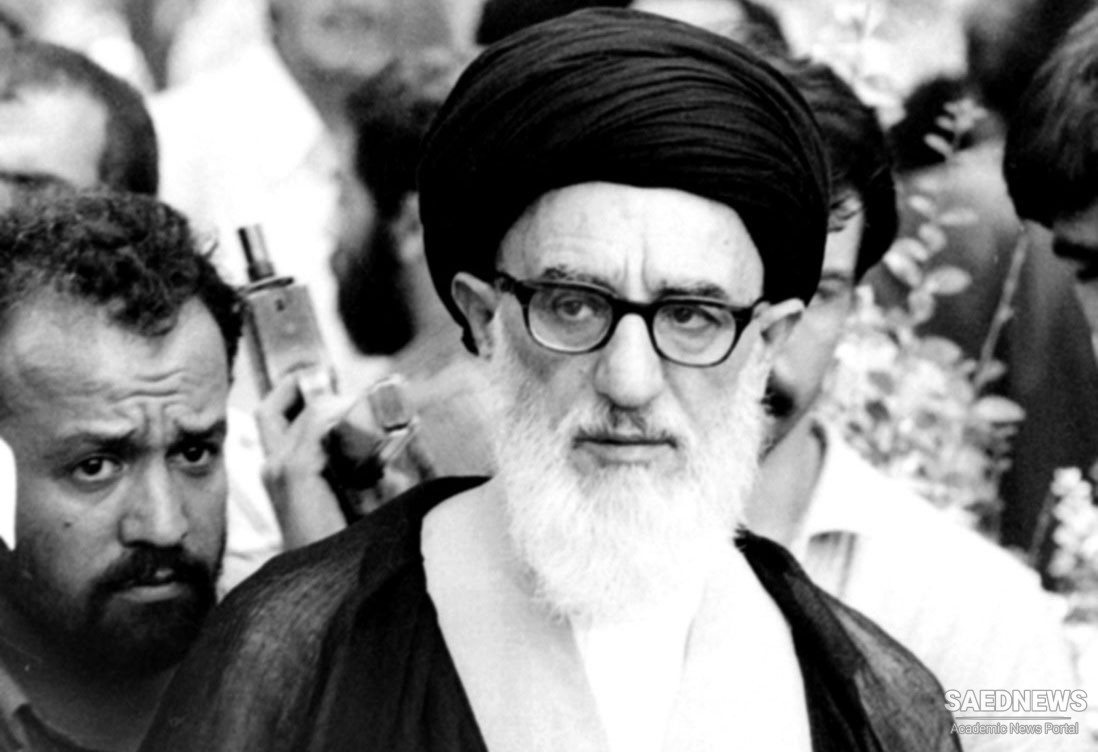To a revolutionary imagination, the Qur'an has a robust and salubrious effect. As soon as Taleqani found himself in Tehran, he confronted Reza Shah's policies at every minor or major instant. He is reported to have attacked a policeman who had been trying to unveil a woman forcefully.9 Reza Shah's forceful policy of taking women out of their traditional veil was one of the major stages in giving Iran an overdose of his brand of "modernism." Artificial and dictatorial as this policy was, in the long run it provided an added impetus for the docile process of public self-awareness among the masses of Iranian women. It was designed and implemented with a minimum of institutional and infrastructural support and, moreover, was executed in the most brutal and grotesque manner. Many women in Tehran and in other parts of the country were effectively barred from public appearance because they refused to abandon their traditional and habitual dress. Young women at the prime of their lives, who would have otherwise continued to live a normal, however limited, social life, refused to come out of their secluded homes until their dying day. The indignities suffered by Iranian women during this period (horrific stories are still told by the older generation of how they would be attacked by police if they had a scarf on their head) would be matched by insults of a different sort, decades later under the Islamic Republic, when the women would be publicly harassed if they did not wear the selfsame scarf.
Taleqani's affiliation with Fada'ian-e Islam also becomes established during this period when Navvab Safavi, a pseudonym for Sayyid Mojtaba' Mir-lowhi, founded this radical organization that promoted and practiced political assassinations as a means of achieving its goals. In 1949 Sayyid Hossein Imami (Kashani), a member of Fada'ian-e Islam, assassinated Abdolhossein Hajir, the court minister. Fada'ian-e Islam was also responsible for the attempted assassination of Prime Minister Razmara in 1951. Later in 1965, Fada'ian-e Islam assassinated Hasan Ali Mansur, the prime minister under whose tenure Ayatollah Khomeini's June 1963 uprising occurred. These political assassinations were not limited to high-ranking governmental officials; they also extended to ideological forces that bore an anticlerical posture. In 1946 Sayyid Hossein Imami, of Fada'ian-e Islam, assassinated Sayyid Ahmad Kasravi, a social reformist with strong anticlerical sentiments. Taleqani was a close collaborator of Imami who would, for example, find refuge at Taleqani's house after periodic assassinations he masterminded. Taleqani's activities during this period were not limited to such collaborations. In addition to the Muslim student associations, there were professional organizations such as the "Society of Muslim Engineers" that regularly invited Taleqani to lecture on various Islamic issues. These organizations were negatively disposed towards the rapid course of change they witnessed in their society. They had a pending sense of uncertainty, a feeling that things were falling apart. Changes in the cultural, social, economic, and political scenes were not necessarily good or badjust troublesome, of a sort that needed a figure of authority to explain their causes and consequences.


 Sayyid Mahmud Taleqani: Abuzar of Imam Khomeini
Sayyid Mahmud Taleqani: Abuzar of Imam Khomeini














































